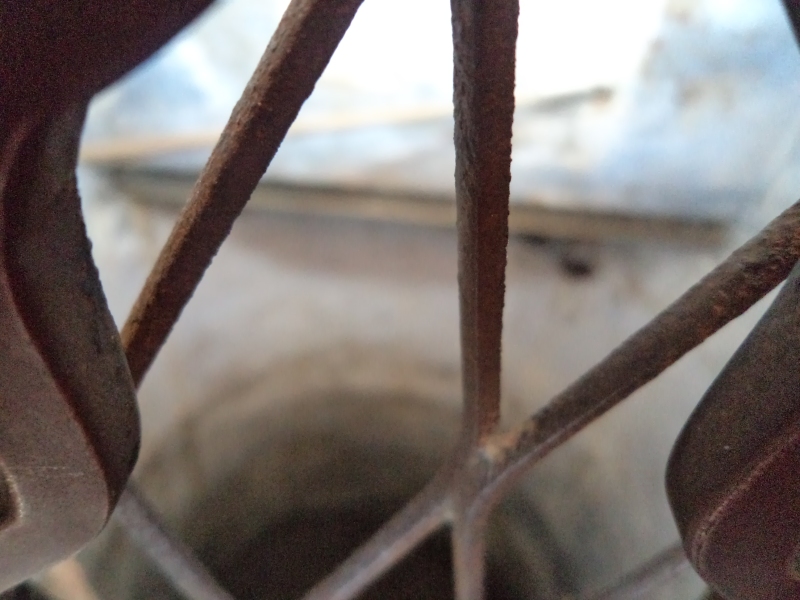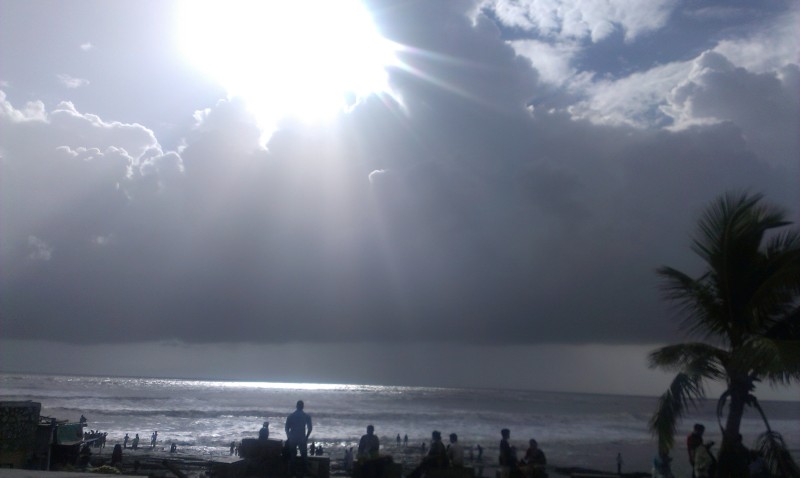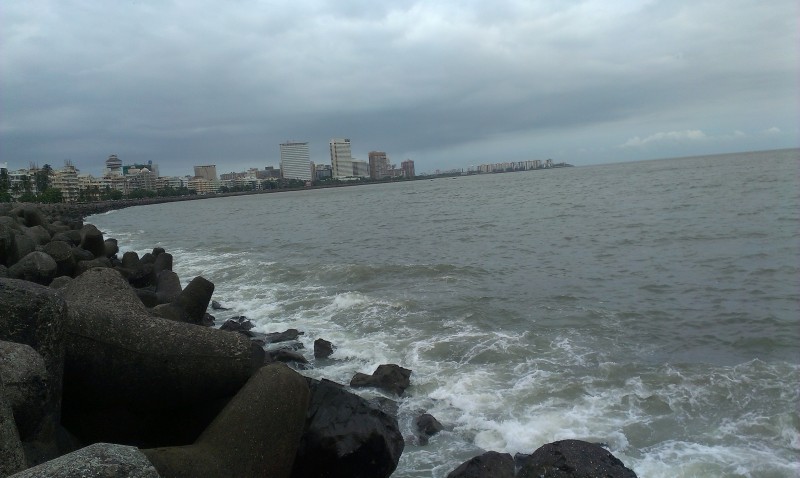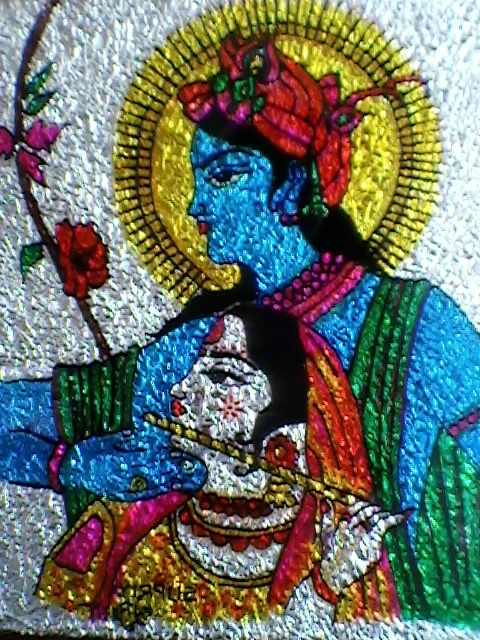JALLIANWALA BAGH MASSACRE, involved the killing of hundreds of unarmed, defenseless Indians by a senior British military officer, took place on 13 April 1919 in the heart of Amritsar (India), the holiest city of the Sikhs, on a day sacred to them as the birth anniversary of the Khalsa. Jallianwala Bagh, a garden belonging to the Jalla, derives name from that of the owners of this piece of land in Sikh times. It was then the property the family of Sardar Himmat Singh (d.1829), a noble in the court of Maharaja Ranjit Singh (1780-1839), who originally came from the village of Jalla, now in Fatehgarh Sahib District of the Punjab.
Brigadier-General Reginald Dyer marched a group of sixty-five Gurkha and twenty-five Baluchi soldiers into the Bagh, fifty of whom were armed with rifles. Dyer had also brought two armoured cars armed with machine guns, however the vehicles were stationed outside the main gate as they were unable to enter the Bagh through the narrow entrance.
The Jallianwala Bagh was bounded on all sides by houses and buildings and had few narrow entrances, most of which were kept permanently locked. The main entrance was relatively wider, but was guarded by the troops backed by the armoured vehicles. General Dyer ordered troops to begin shooting without warning or any order to disperse, and to direct shooting towards the densest sections of the crowd. He continued the shooting, approximately 1,650 rounds in all, until ammunition was almost exhausted.
Apart from the many deaths directly from the shooting, a number of people died in stampedes at the narrow gates or by jumping into the solitary well on the compound to escape the shooting. A plaque in the monument at the site, set up after independence, says that 120 bodies were pulled out of the well.
The wounded could not be moved from where they had fallen, as a curfew had been declared – many more died during the night.
The well into which civilians jumped (pictured below) came to be known as the Martyrs’ well
Dyer was initially lauded by conservative forces in the empire, but in July 1920 he was censured and forced to retire by the House of Commons








